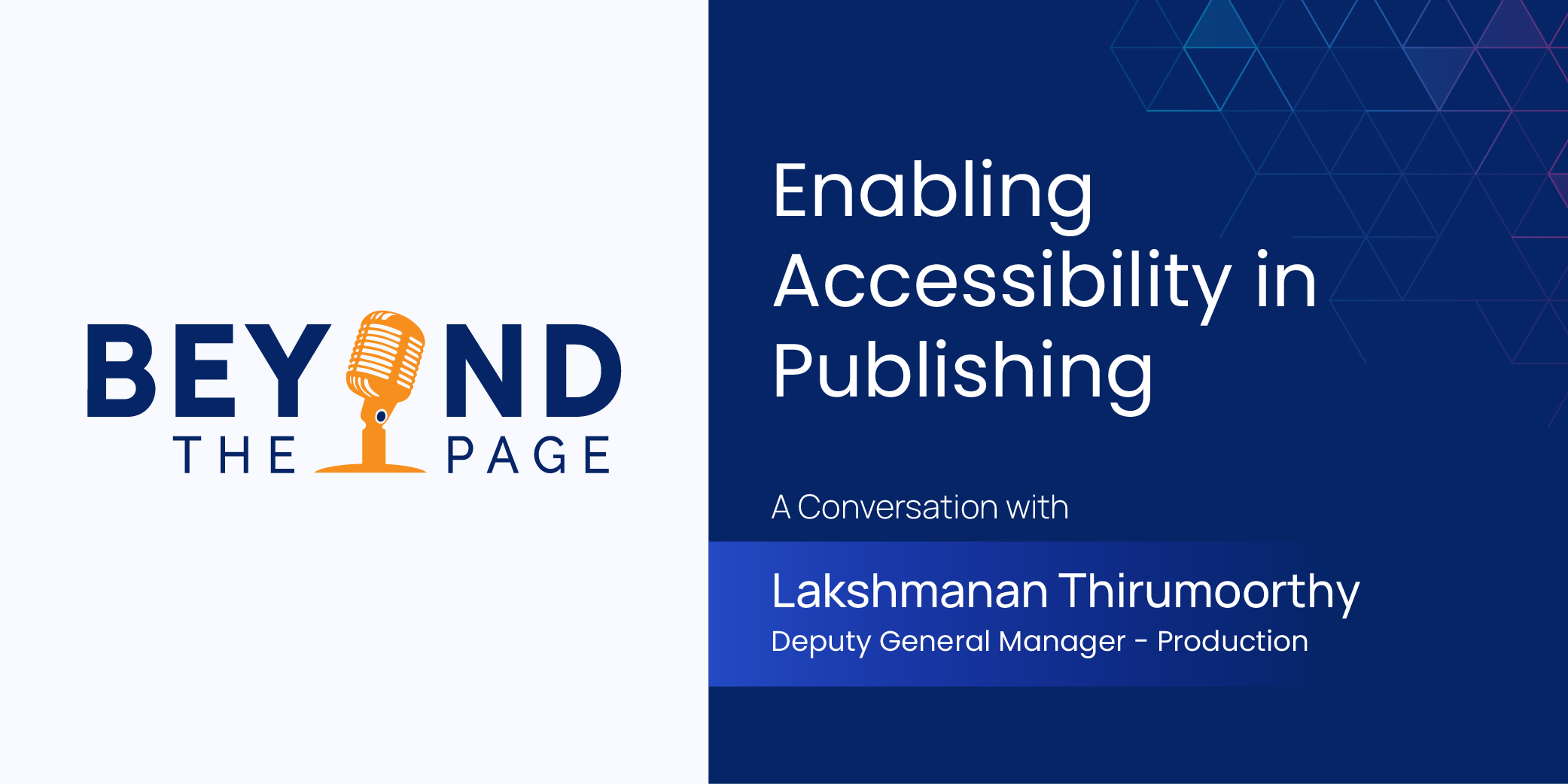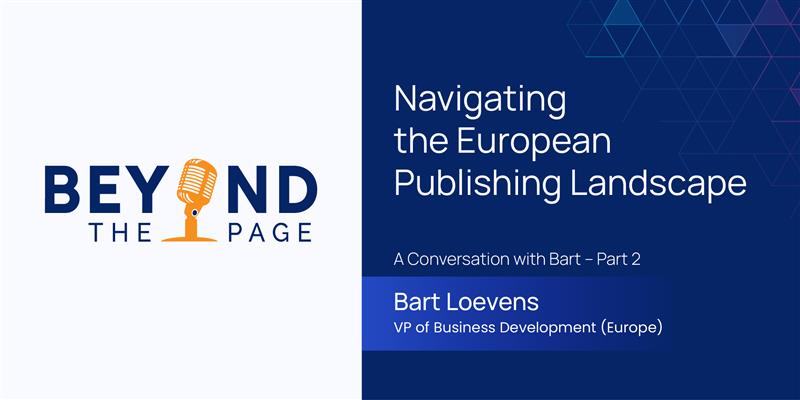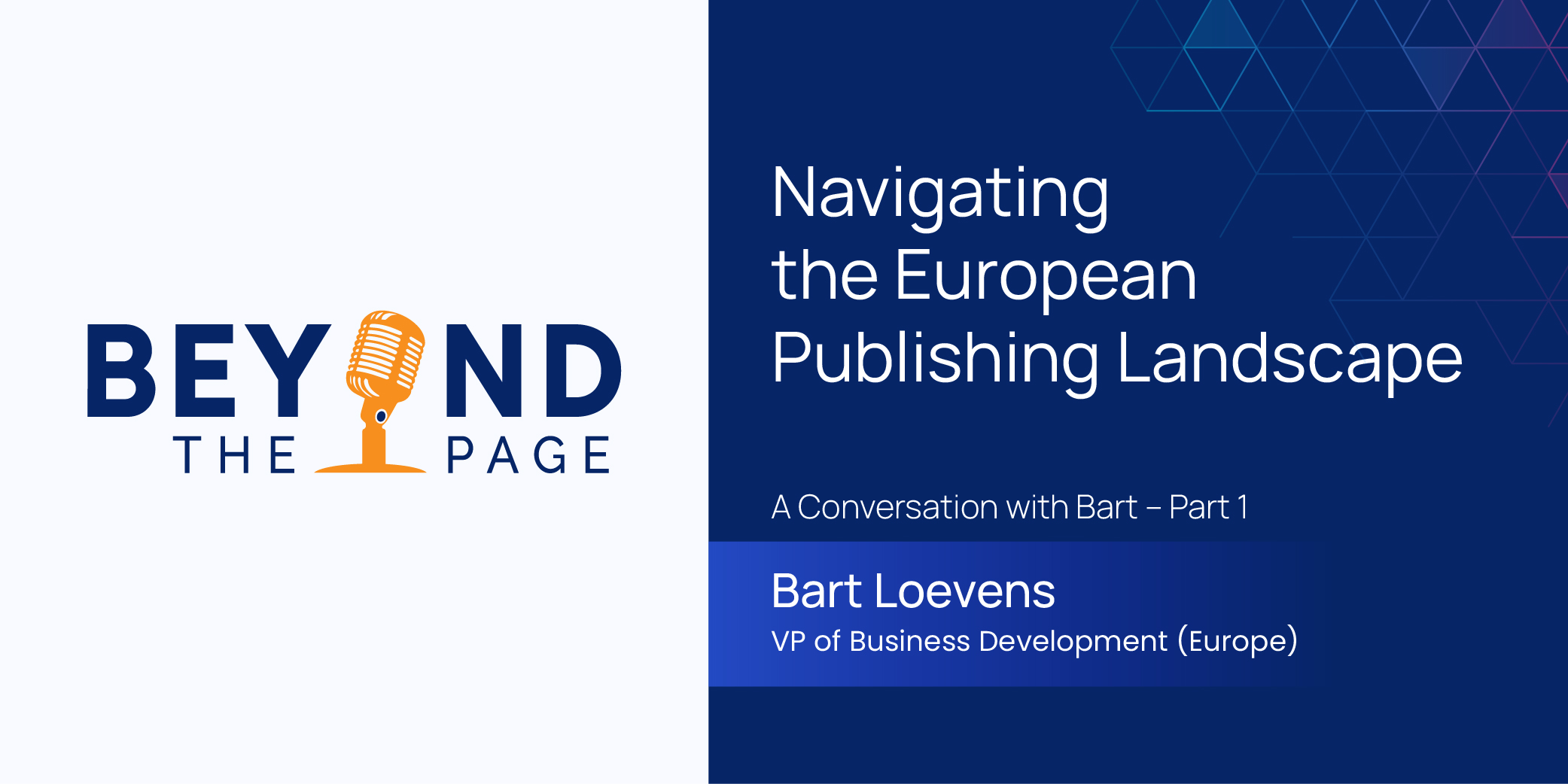The Hidden Costs of NOT Implementing AI: A CFO’s Guide to Avoiding Million-Dollar Mistakes

In today’s hyper-competitive business landscape, innovation is no longer a luxury, it’s a necessity. Artificial intelligence (AI) has emerged as a transformative force, offering businesses the potential to streamline operations, unlock cost savings, and gain a significant edge over competitors. However, many CFOs remain hesitant to embrace AI, often citing initial investment costs or a lack of understanding of its long-term value proposition. This hesitation, however, presents a hidden cost – the opportunity cost of falling behind the AI curve. According to a survey by Forbes Advisor of 600 business owners using or planning to incorporate AI in business, nearly half (46%) use AI to craft internal communications, over 40% are concerned about an over-dependence on technology due to AI use, and nearly two-thirds (64%) believe AI will improve customer relationships. This blog explores these hidden costs and provides insights into how AI can transform your organization.
The Opportunity Cost of Falling Behind the AI Curve
McKinsey’s models indicate that AI could incrementally contribute 16 percent, or approximately $13 trillion, to the current global economic output by 2030. This translates to an average annual productivity growth of about 1.2 percent between now and 2030. For individual companies, the benefits are just as compelling. Businesses that adopt AI see significant improvements in areas like operational efficiency (up to 20% increase), revenue growth (up to 15% increase), and cost reduction (up to 10% decrease).
The cost of inaction goes beyond missed financial gains. Falling behind on AI adoption can lead to:
- Loss of market share: As competitors leverage AI to enhance their products and services, companies that remain reliant on manual processes risk losing customers.
- Increased talent scarcity: In a world driven by AI, the demand for skilled data scientists and AI specialists is skyrocketing. Companies that haven’t begun their AI journey may struggle to attract and retain top talent in the future.
- Eroding brand reputation: Consumers are increasingly drawn to companies that embrace innovation. Failing to integrate AI can project an image of being behind the times.
Quantifying the Impact of Manual Processes on Your Bottom Line
According to a McKinsey 2023 survey, AI adoption in respondents’ organizations remained steady at around 50 percent for the past six years. However, the survey indicates that adoption has now surged to 72 percent, reflecting a truly global interest.
According to the International Data Corporation (IDC), businesses lose 20-30% of their revenue annually due to inefficiencies . Many organizations continue to rely heavily on manual processes, which are often plagued by inefficiencies and hidden costs. Consider the following:
- Manual labor costs: Salaries, benefits, and overhead associated with manual tasks can eat significantly into your budget.
- Human error costs: Even minor human errors can lead to costly rework, missed deadlines, and dissatisfied customers.
- Productivity loss: Repetitive manual tasks can be tedious and time-consuming, leading to employee disengagement and reduced productivity.
How AI Can Unlock Massive Savings Across Your Organization
AI presents a unique opportunity to address these challenges. Here’s how:
- Automation of repetitive tasks: AI-powered tools can automate tasks like data entry, report generation, and customer service inquiries, freeing up valuable human resources for more strategic endeavors.
- Enhanced decision-making: AI can analyze vast amounts of data to identify patterns and trends, enabling data-driven decisions that optimize resource allocation and improve process efficiency.
- Predictive maintenance: AI can predict equipment failures before they occur, preventing costly downtime and maintenance repairs.
These benefits translate to tangible savings across various departments:
- Finance: Streamlined financial processes, improved forecasting accuracy, and automated fraud detection.
- Operations: Optimized logistics, reduced production errors, and predictive maintenance of equipment.
- Sales: Personalized customer recommendations, improved lead scoring, and automated sales forecasting.
- Marketing: Targeted advertising campaigns, real-time customer sentiment analysis, and automated content creation.
Mitigating Compliance Risks & Avoiding Costly Penalties with AI
Regulatory compliance is a growing concern for all businesses. AI can be a powerful tool for:
- Risk management: AI can identify potential compliance risks and predict areas where non-compliance is likely to occur.
- Regulatory compliance: AI can automate tasks like regulatory reporting and data collection, ensuring adherence to ever-evolving regulations.
- Audit: AI can streamline the audit process by analyzing vast datasets to identify anomalies and potential areas of concern.
- Fraud detection: AI can detect fraudulent activities in real-time, protecting your business from financial losses.
- Data security: AI can monitor data access patterns and identify potential security breaches, safeguarding sensitive information.
Building the Business Case for AI: Securing Buy-In from the C-Suite
To secure buy-in from the C-suite for AI implementation, it’s crucial to address strategic questions and demonstrate tangible benefits. Forbes suggests considering the following questions:
- Do I want to leverage AI to create superior products?
- Do I want to utilize AI to accelerate product time-to-market?
- Do I want to employ AI to enhance efficiency or profitability beyond product development?
- Do I want to use AI to mitigate risks such as information security or compliance risks?
Here are additional steps to build a compelling case:
- Conduct a Survey
- Use AI-powered survey software like Typeform for a visually appealing, interactive user experience.
- Features such as question branching, smart logic, and personalized paths enhance data collection.
- Advanced reporting and analytics help identify customer needs and development opportunities.
- Consider AI-Powered Market Research Tools
- Utilize AI and machine learning to analyze social media conversations, online reviews, and other customer feedback sources.
- Tools like Brandwatch provide insights into consumer sentiment, trends, and brand performance.
- Utilize Data to Understand Customer Needs
- Analyze gathered data to develop a detailed customer avatar.
- Use AI-based ad tools like Google Ads or Facebook Ads to target potential customers effectively.
- Create a Revenue Prediction Model
- Estimate the financial impact of developing and selling new products or services.
- Use revenue projections to make informed decisions about product development and explore presales if necessary.
- Test Your Product’s or Service’s Market Fit
- Market the new product or service to existing customers to validate predictions and assess market response.
- Successful new offerings to current customers can significantly boost revenue and validate the AI-driven strategy.
By systematically addressing these questions and steps, you can build a robust business case that highlights the strategic value and financial benefits of AI to the C-suite.
The hidden costs of not implementing AI are too significant to ignore. From inefficiencies and missed opportunities to compliance risks and competitive disadvantages, the financial implications are vast. By embracing AI, your organization can unlock substantial savings, enhance operational efficiency, and secure a competitive edge. As a CFO, taking action now to integrate AI into your business strategy is essential to futureproof your organization and avoid million-dollar mistakes.
By systematically addressing strategic questions and building a compelling business case, you can effectively secure buy-in from the C-suite and ensure a successful AI implementation. For expert guidance and support in this transformative journey, consider leveraging Integra’s AI consultancy services. Integra offers tailored solutions to help businesses harness the power of AI, ensuring that your organization not only survives but thrives in the competitive landscape. Take the first step today and position your company at the forefront of innovation and efficiency.
News & Insights

Enabling Accessibility in Scholarly Publishing – A Conversation with Lakshmanan Thirumoorthy

Navigating the European Publishing Landscape – A Conversation with Bart – Part 2

